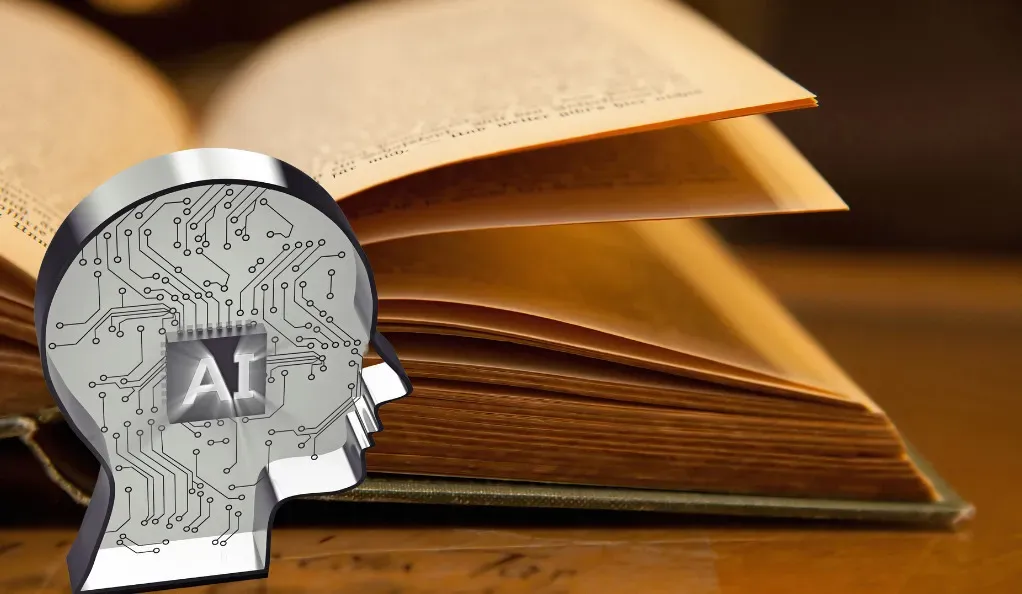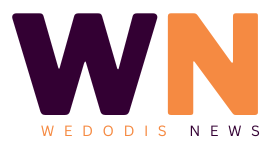
Navigating AI in Academic Writing: Guidelines for Journal Papers
In her article “Can academics use AI to write journal papers? What the guidelines say,” published on June 30, 2025, Sumaya Laher explores the evolving role of artificial intelligence in academic writing. She discusses who can use AI (academics), what AI can do (assist or generate content), why transparency is crucial, when it should be employed, where the guidelines come from, and how authors must navigate ethical concerns to uphold academic integrity.
Understanding AI-Assisted and AI-Generated Content
AI-assisted content generally involves human authorship with tools enhancing writing quality, such as grammar checking and clarity improvements. This practice is accepted without formal citation as per guidelines.
In contrast, AI-generated content is produced autonomously by AI systems, creating significant portions of text based on user prompts. This poses challenges regarding originality and authorship, necessitating clear disclosure.
The distinction is crucial; as Sumaya Laher states, “AI tools cannot be listed as co-authors or take responsibility for the content,” reinforcing the importance of human accountability in academic writing.
Guidelines for Ethical AI Use in Academic Writing
Current guidelines underscore that AI tools can be used for mundane tasks without citation, whereas AI-generated content requires explicit acknowledgement and proper references to maintain academic integrity.
Transparency is vital; as noted by Laher, any AI-generated content must be marked and referenced. This ensures that the research community understands the role AI played in the work.
Furthermore, checks on AI content for bias, plagiarism, and copyright issues remain the author’s responsibility, emphasizing the need for vigilance in ethical writing practices involving AI technology.
In conclusion, as academics explore the incorporation of AI in their writing processes, it is crucial to navigate this landscape with a clear understanding of ethical frameworks and best practices. The distinction between AI-assisted and AI-generated content remains paramount, shaping the responsibilities authors hold towards their work’s originality and integrity. Adhering to the guidelines provided by prominent organizations is not just about compliance; it is about preserving the credibility of academic research amidst the technological advancements reshaping our landscape. As we embrace these innovative tools, maintaining transparency, vigilance, and ethical accountability will be essential for fostering trust in scholarly communication.
Let us know your thoughts by leaving a comment below!
Don’t forget to share this article with others who may find it helpful.






